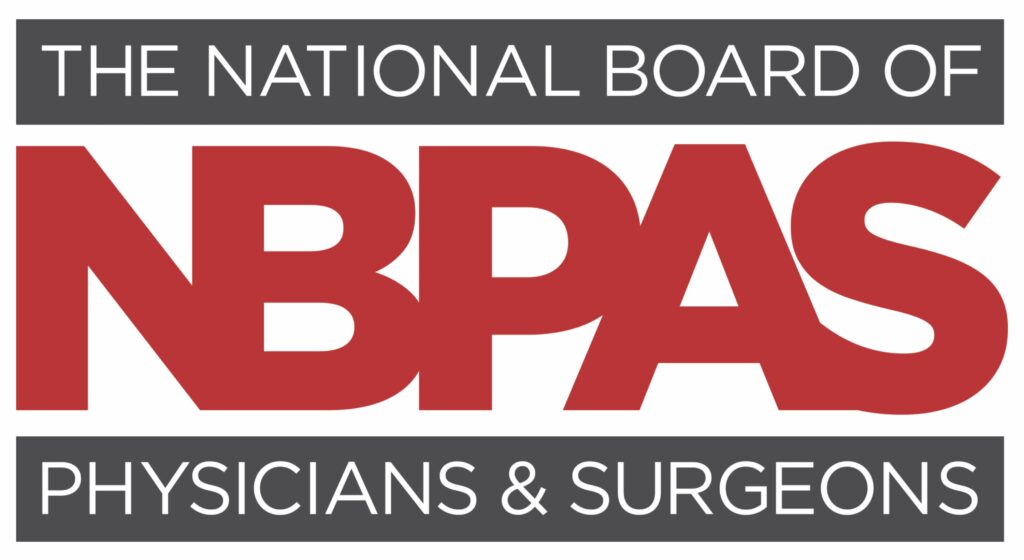It’s commonly said that losing weight is 80% nutrition and 20% fitness. We’ve all seen that hard working person at the gym. You know the one – she shows up every day and puts in 110%, but unfortunately makes no change to her body composition. Perhaps that is an all too familiar picture? Even the best personal trainer or group fitness program can’t undo a bad diet. So what’s your barrier to following a healthy eating plan? For many of us, good nutrition comes down to planning and preparation.
Batch Cooking – the solution to your busy schedule
With busy schedules, many don’t have the time to cook every night. Between work, kids and other commitments, we’re usually pressed to find the fastest meal solution which leads to eating out and (too often) settling for fast food. Not only does this lead to weight gain, the extra salt and fat in fast food can contribute to diabetes and high blood pressure, both serious illnesses that can be detrimental to your health. The solution to your busy schedule? Batch cooking!
What is Batch cooking?
Batch cooking is when a person makes a lot of a specific food all at once and stores the food in portions for later use. Food made in batches is either frozen or refrigerated, depending on how quickly it will be eaten. By making some foods in double, triple, or even quadruple, you can save a lot of time with meal preparation. Cooking multiple batches is generally quite efficient, since all of the ingredients can be purchased and cooked together.
Batch cooking tips
Planning and preparation is key! Follow these tips for successful batch cooking.
- At first, you may feel overwhelmed with all the foods you want to make for an entire week, so we suggest starting with one meal that you find the most challenging. For example, most people find it to be dinner or breakfast, especially if you’re getting the kids and yourself ready for the day. Therefore, the first step is to ask yourself, “What meal time is really difficult for me to cook?” or “What time of day am I most in a time crunch to eat something healthy?” Start with that meal.
- Search for recipes that you can make in large quantities and that keep well for several days. Ideally, look for main dishes that can be accompanied with different side dishes so you include some variety with each meal.
- Protein, protein, protein! If you only prep one thing ahead, make it your protein. Cooking a big batch of meat or eggs at the beginning of the week can save you tremendous amounts of meal prep time. Some protein ideas include hard boiled eggs, mini frittatas, grilled chicken breasts, and meatballs. One-pot, protein-based dishes, such as chili, are always good options – particularly during fall and winter months.
- Vegetable dishes are also easy to prepare ahead of time. Vegetables that keep for 1-3 days include fresh vegetable salad, fruity coleslaw, most steamed or roasted vegetables (i.e. broccoli, cauliflower, squash, etc.), and most leafy salads (without dressing). Vegetables that keep up to 5 days include roasted squash, cooked beets, and chopped raw veggies such as carrots or bell peppers.
Keep it interesting
As you can imagine, boredom can occur with batching. Boredom is self-sabotaging, plain and simple. Here are some ways you can avoid the boredom pitfall.
- Batch cook two main proteins and freeze half of each. Use the two frozen portions the following week. This will help avoid eating the same protein every day.
- Use the protein as a base for several dishes. Put your batch-cooked protein in salads, stews or curries. Dress it up with different spices and seasonings. Chop it up and stir-fry it. Put an interesting sauce on it to add new flavor. Make soups to put a different twist on leftover meat.
- Rotate different proteins and side dishes together so you can get some variety on your plate.
Charidy Matney, Weightloss

